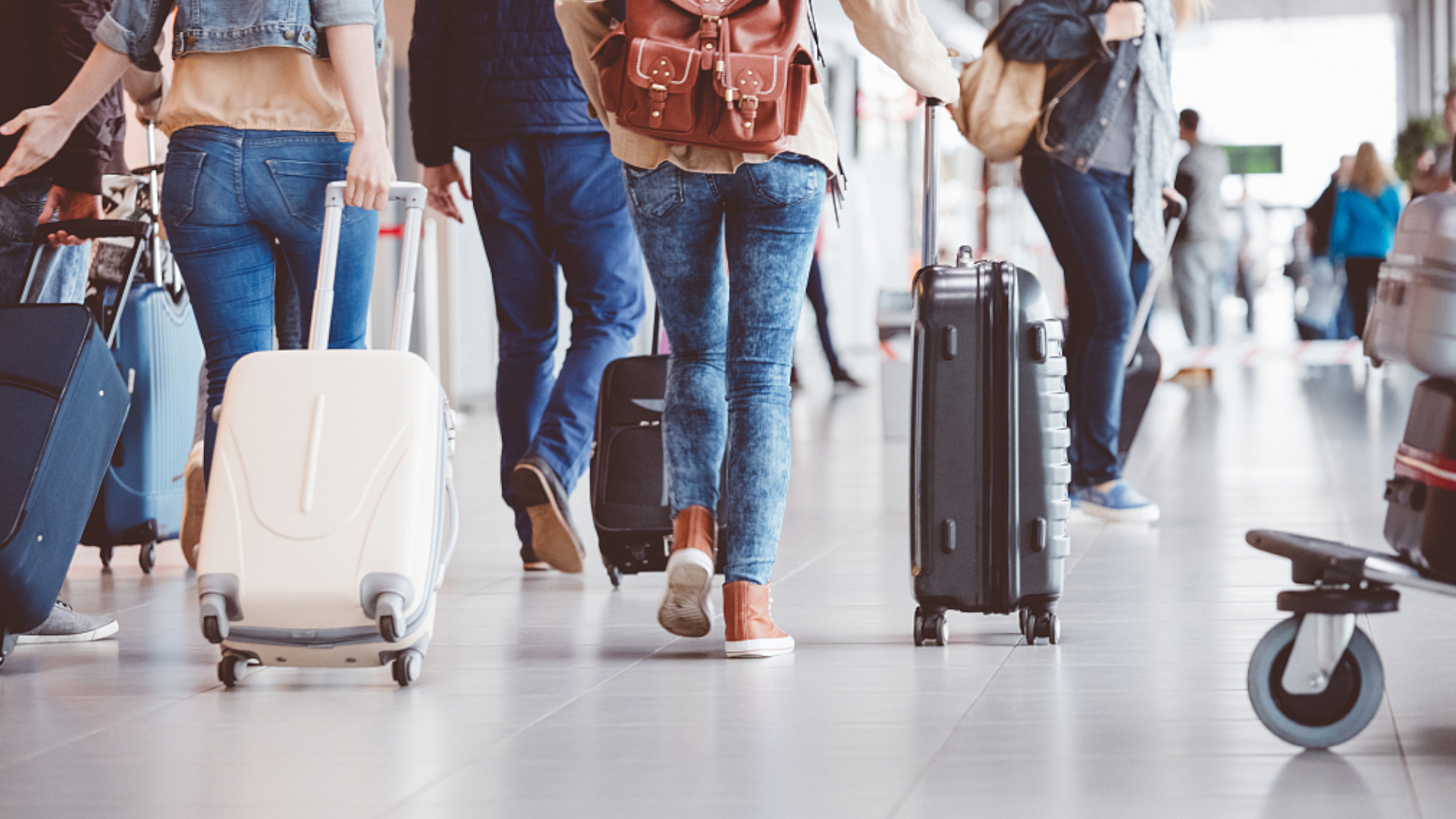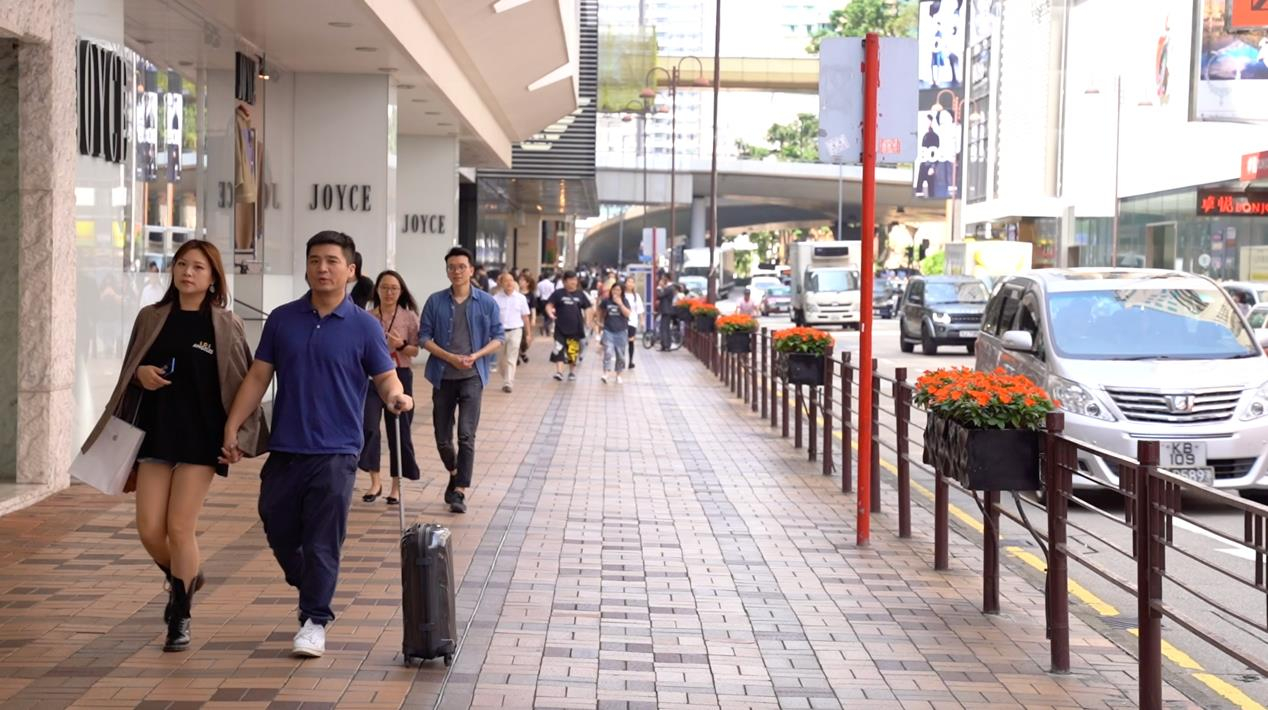02:26

The recently ended "Golden Week" holiday was supposed to be peak tourist season in Hong Kong. However, the ongoing protests and social unrest have turned it into a "winter week," dragging the number of visitors down by around 30 percent year-on-year.
According to the latest data released by the Immigration Department of the Hong Kong Special Administrative Region (HKSAR), between September 29 and October 6, a total of 2,642,271 people visited Hong Kong, a drop by 31 percent compared to 3,841,132 visitors during the same period in 2018.
Also, total visitors entering Hong Kong via West Kowloon Train Station during the same period was only 153,457, a 50 percent plunge compared to 2018 figures. Only 457,719 visitors entered Hong Kong via the airport, netting a record fall of 21 percent compared to last year.
The city also took a hit in the number of tourists from the Chinese mainland. Only 605,000 people from the Chinese mainland visited Hong Kong in the past week, a massive 56.2 drop over the last year. Businesses in various industries have fallen by 50 to 60 percent, Yiu Si-wing, chairman of China Travel Service (HK) Ltd and member of Legislative Council of HKSAR, told Chinese language newspaper Ta Kung Pao.

Long lines can no longer be seen outside luxury stores in Canton Road, Hong Kong Special Administrative Region, China. /CGTN Photo
Long lines can no longer be seen outside luxury stores in Canton Road, Hong Kong Special Administrative Region, China. /CGTN Photo
Yiu said that tourists from the Chinese mainland could have brought considerable income to luxury shops, such as jewelry stores and designer stores. But this year, the protesters destroyed the entire "Golden Week," and the conflict often occurred in Wanchai, Mong Kok and Causeway Bay, Hong Kong's main shopping areas.
Read more: Hong Kong retail sales drop 23 percent as protests escalate
Only 20 percent occupancy rate for hotels in demonstration area
According to Yiu, the overall occupancy rate of hotels is only 50 percent – only 20 percent in the demonstration area. In contrast, the previous overall occupancy rate was more than 95 percent. Even a single room was hard to find back then, he said.
Some hotels have cut the price of rooms from 2,000 Hong Kong dollars per night to less than 600 Hong Kong dollars, hoping to increase occupancy rates.

A street in Hong Kong Special Administrative Region, China. /VCG Photo
A street in Hong Kong Special Administrative Region, China. /VCG Photo
90 percent of tourism workers experience downtime
Chui Ting-pong, executive director of the Hong Kong Tourism Association, told Ta Kung Pao that there are 6,000 tour guides in Hong Kong.
Counting industry workers such as tour bus drivers, Chui said about 30,000 people work in the city's tourism industry, and now only 10 percent of them have work; the rest have to face downtime.
Most of the people have to raise families, so they have to change jobs or look for part-time jobs. The MTR employs some of them as assistants, but the income was seriously insufficient, Chui said.
Read more: How 100 days of unrest hit Hong Kong's economy
Read more: Hong Kong's 100 days of protests: violence, vandalism get more ugly
(CGTN's Zhao Yunfei, Chang Yuanyang and Liang Qipeng also contributed to the story.)